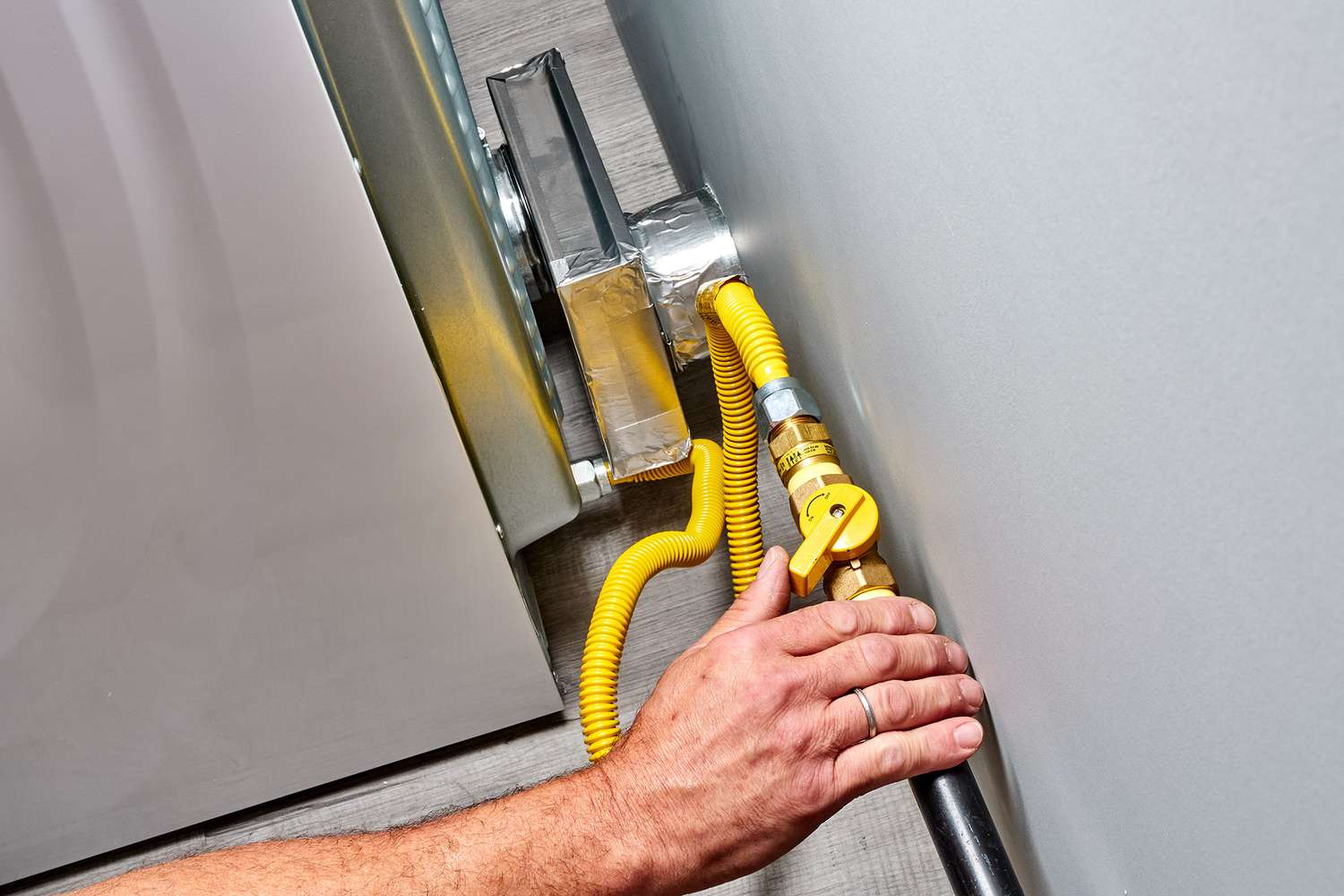

Articles
How To Install Dryer Vent Hose In Tight Space
Modified: February 21, 2024
Learn how to install a dryer vent hose in tight spaces with our helpful articles. Get expert tips and advice on maximizing airflow and preventing lint buildup.
(Many of the links in this article redirect to a specific reviewed product. Your purchase of these products through affiliate links helps to generate commission for Storables.com, at no extra cost. Learn more)
Introduction
Installing a dryer vent hose in a tight space can be a challenging task. It is crucial to have proper ventilation for your dryer to prevent lint buildup and reduce the risk of fire hazards. However, with limited room and obstacles in the way, finding a solution may seem daunting.
In this article, we will guide you through the process of installing a dryer vent hose in a tight space. We will cover the necessary steps, tools, and techniques to ensure a successful installation. So, let’s get started!
Key Takeaways:
- Proper assessment, measurement, and careful installation of a dryer vent hose in a tight space are crucial for efficient ventilation, reducing fire hazards, and ensuring optimal drying performance.
- Securing, sealing, and testing the ventilation system after installation are essential steps to maintain the efficiency and safety of your dryer, preventing potential issues and ensuring peace of mind.
Read more: How To Install Dryer Vent Hose
Assessing the Space
Before beginning the installation process, it is important to assess the available space where the dryer vent hose needs to be installed. Take some time to closely examine the area and identify any potential obstacles or challenges that may arise.
Measure the distance between the dryer and the exterior wall to determine the length of the vent hose required. Additionally, consider the height of the space and any potential bends or turns that may need to be accommodated.
Take note of any electrical wiring, plumbing pipes, or structural elements within the space that may hinder the installation process. It’s essential to ensure that the vent hose can be easily and safely connected without causing any damage or interference.
If necessary, consult the manufacturer’s guidelines for your specific dryer model to determine the recommended distance and requirements for proper ventilation. This will help you design an efficient and effective installation plan.
Once you have thoroughly assessed the available space and identified any potential challenges, you can proceed to gather the necessary tools and materials for the installation process.
Gathering the Tools and Materials
Now that you have assessed the space, it’s time to gather the tools and materials required for installing the dryer vent hose in a tight space. Having all the necessary items on hand will make the installation process smoother and more efficient.
Here are the tools and materials you will need:
- A vent hose suitable for your specific dryer model
- Measuring tape
- Duct clamps
- Screwdriver or drill
- Duct tape or foil tape
- Pliers
- Utility knife
- Safety goggles
- Gloves
- Caulk (if needed)
Ensure that the vent hose you select is the appropriate size and material for your dryer and ventilation system. It is essential to use a vent hose specifically designed for dryer use, as other types of flexible hoses may not be able to withstand the heat and airflow properly.
Measure the distance between the dryer and the exterior wall to determine the length of the vent hose needed. Make sure to account for any bends or turns that may be necessary to fit the hose into the tight space.
Having the necessary tools and materials gathered and organized will save you time and frustration during the installation process. Once you have everything ready, you can move on to measuring and cutting the vent hose.
Measuring and Cutting the Vent Hose
With the tools and materials gathered, it’s time to measure and cut the vent hose to the appropriate length for installation in the tight space. Accurate measurements and properly cut vent hose are crucial for a secure and efficient installation.
Follow these steps to measure and cut the vent hose:
- Start by measuring the distance between the dryer and the exterior wall. Take into account any bends or turns that may be required.
- Using a measuring tape, mark the measurement on the vent hose, ensuring that it extends past the dryer outlet and reaches the desired location on the exterior wall.
- Carefully cut the vent hose using a utility knife or a dedicated duct-cutting tool. Make sure to cut the hose straight and clean to ensure a proper connection later on.
- If additional length or adjustment is needed, add connectors or use duct clamps to join multiple lengths of vent hose together. Ensure a tight seal between the sections to prevent air leaks.
It’s important to note that the vent hose should be as short as possible to maintain optimal airflow. Avoid using excessive lengths of hose or unnecessary bends, as these can restrict airflow and lead to lint buildup or reduced drying efficiency.
Once the vent hose is accurately measured and cut to size, you can proceed to attach it to the dryer outlet. This step will ensure a secure and proper connection for efficient ventilation.
Attaching the Vent Hose to the Dryer Outlet
Now that you have measured and cut the vent hose, it’s time to attach it to the dryer outlet. This step is vital for creating a secure and effective connection that allows the hot air and moisture from the dryer to be directed outside.
Follow these steps to attach the vent hose to the dryer outlet:
- Locate the dryer outlet on the back of your dryer. It is usually located near the bottom of the unit.
- Slide one end of the vent hose over the dryer outlet. Make sure it fits securely and snugly, but avoid forcing or bending the hose excessively.
- Use duct clamps or zip ties to secure the vent hose to the dryer outlet. Tighten the clamps or zip ties to hold the hose in place firmly.
- Ensure that the connections are airtight to prevent air leaks. Look for any gaps or openings and use duct tape or foil tape to seal them. This will help maintain proper airflow and prevent lint from escaping into the tight space.
It’s important not to use screws or nails to secure the vent hose to the dryer outlet, as they can damage the hose or create an obstruction for airflow. Stick to using duct clamps or zip ties for a secure and reliable attachment.
With the vent hose securely attached to the dryer outlet, you can now proceed to install the hose in the tight space. This may require some maneuvering and creativity to fit the hose properly while keeping it well-aligned and without any kinks that can hinder airflow.
When installing a dryer vent hose in a tight space, consider using a flexible aluminum duct to easily maneuver around obstacles. Be sure to secure the connections with clamps to prevent leaks.
Read more: How To Connect A Dryer Vent Hose
Installing the Vent Hose in the Tight Space
Installing the vent hose in a tight space requires some careful maneuvering and planning to ensure proper alignment and avoid any kinks or obstructions. Follow these steps to install the vent hose efficiently:
- Carefully guide the vent hose through the designated path in the tight space. Ensure that the hose is not twisted or bent excessively, as this can restrict airflow.
- If necessary, gently bend the hose to navigate around any obstacles or corners, making sure not to create overly sharp bends that can hinder airflow.
- Continue to feed the vent hose through the tight space, ensuring that it remains properly aligned and connected along its entire length.
- Avoid compressing or crushing the vent hose against walls, floor, or other objects within the tight space. Maintaining a proper airflow path is crucial for effective ventilation.
- Adjust the position of the hose as needed to ensure that it is securely placed and allows for a smooth flow of hot air and moisture toward the exterior wall.
- Once the vent hose is properly installed within the tight space, double-check the connections at both the dryer outlet and the exterior vent to ensure they are secure and airtight.
Remember, it’s important to prioritize proper airflow and avoid any obstructions or kinks in the vent hose. A well-installed vent hose will help prevent lint buildup, reduce the risk of fire hazards, and ensure efficient drying performance.
After installing the vent hose in the tight space, the next step is to secure and seal the hose to maintain its position and prevent any air leaks.
Securing and Sealing the Vent Hose
Securing and sealing the vent hose in the tight space is crucial to maintain its position and prevent any air leaks that could impact the efficiency of your dryer’s ventilation system. Follow these steps to properly secure and seal the vent hose:
- Use duct clamps or zip ties to secure the vent hose at various intervals along its length within the tight space. Make sure the clamps or zip ties are tight enough to hold the hose in place, but avoid over-tightening as it might damage the hose.
- If there are any gaps between the vent hose and the walls or floor of the tight space, use duct tape or foil tape to seal them. Wrap the tape tightly around the hose and the surrounding area to create a tight seal.
- Inspect the entire length of the vent hose for any loose connections or areas where the seal may be compromised. Ensure that all connections are secure and airtight.
- If necessary, apply a bead of caulk around the openings of the tight space, such as gaps or cracks, to further seal the area and prevent any air leaks.
- Double-check that the vent hose is correctly aligned and free from any kinks or obstructions that might impede the airflow. Proper airflow is essential for efficient drying and reducing the risk of lint buildup.
Securing and sealing the vent hose in the tight space helps maintain a strong and uninterrupted airflow, ensuring that hot air and moisture are efficiently directed outside. This not only enhances the performance of your dryer but also reduces the risk of fire hazards caused by lint buildup.
After securing and sealing the vent hose, it’s recommended to perform a final check and test the ventilation system to ensure its proper functioning.
Testing the Ventilation System
After completing the installation of the vent hose in the tight space and securing it properly, it is crucial to test the ventilation system to ensure it is functioning correctly. Testing the system will help verify that there are no air leaks, obstructions, or other issues that could impede the efficiency of your dryer’s performance.
Follow these steps to test the ventilation system:
- Ensure that the lint screen or trap on the dryer is clean and free from debris. A clogged lint screen can obstruct airflow and reduce the effectiveness of the system.
- Turn on the dryer and allow it to run for a few minutes to generate heat and airflow.
- Check the exterior vent to verify that hot air and moisture are properly vented outside. You should feel warm air coming out and observe the steady release of moisture.
- Inspect the tight space where the vent hose is installed for any signs of air leaks or dislodged connections. Look for any gaps in the seal or any unusual noises indicating a problem.
- Monitor the drying performance of your dryer. If clothes are drying efficiently and in a reasonable amount of time, it is an indication that the ventilation system is working effectively.
- If you notice any issues, such as weak airflow, excessive heat buildup, or an unusual odor, it is essential to investigate and address the problem promptly. Check for any obstructions, blockages, or leaks in the vent hose or the ventilation system.
Regularly testing and maintaining your dryer’s ventilation system is important to ensure its optimal performance and to prevent potential hazards caused by lint buildup or restricted airflow.
By properly installing and testing the ventilation system in the tight space, you can ensure that your dryer operates efficiently, extends its lifespan, and reduces the risk of fire hazards.
Now that you have tested the ventilation system, you can have peace of mind knowing that your dryer is operating safely and effectively in the tight space.
Conclusion
Installing a dryer vent hose in a tight space may seem challenging, but with proper planning and careful execution, it can be accomplished effectively. Ensuring proper ventilation is crucial for the safe and efficient operation of your dryer, as it helps prevent lint buildup and reduces the risk of fire hazards.
In this article, we have walked you through the necessary steps and considerations for installing a dryer vent hose in a tight space. We discussed assessing the space, gathering the required tools and materials, measuring and cutting the vent hose, attaching it to the dryer outlet, installing it in the tight space, securing and sealing it, and testing the ventilation system.
Throughout the installation process, it is essential to prioritize proper airflow and avoid any kinks, obstructions, or air leaks in the vent hose. A secure and well-installed vent hose will facilitate the smooth flow of hot air and moisture from your dryer to the exterior, allowing for efficient drying performance.
Regularly checking and testing the ventilation system is encouraged to ensure its optimal functionality. By doing so, you can identify and address any issues promptly to maintain the efficiency and safety of your dryer.
Remember, if you encounter any difficulties during the installation process, it is always recommended to consult a professional for assistance. They can provide expert guidance and ensure that the dryer vent hose is installed correctly in the tight space.
With proper installation and maintenance, your dryer will continue to serve you well, providing quick and effective drying for your laundry while keeping your home safe from potential hazards.
Now, armed with the knowledge and steps outlined in this article, you’re ready to tackle the installation of a dryer vent hose in a tight space with confidence!
Frequently Asked Questions about How To Install Dryer Vent Hose In Tight Space
Was this page helpful?
At Storables.com, we guarantee accurate and reliable information. Our content, validated by Expert Board Contributors, is crafted following stringent Editorial Policies. We're committed to providing you with well-researched, expert-backed insights for all your informational needs.
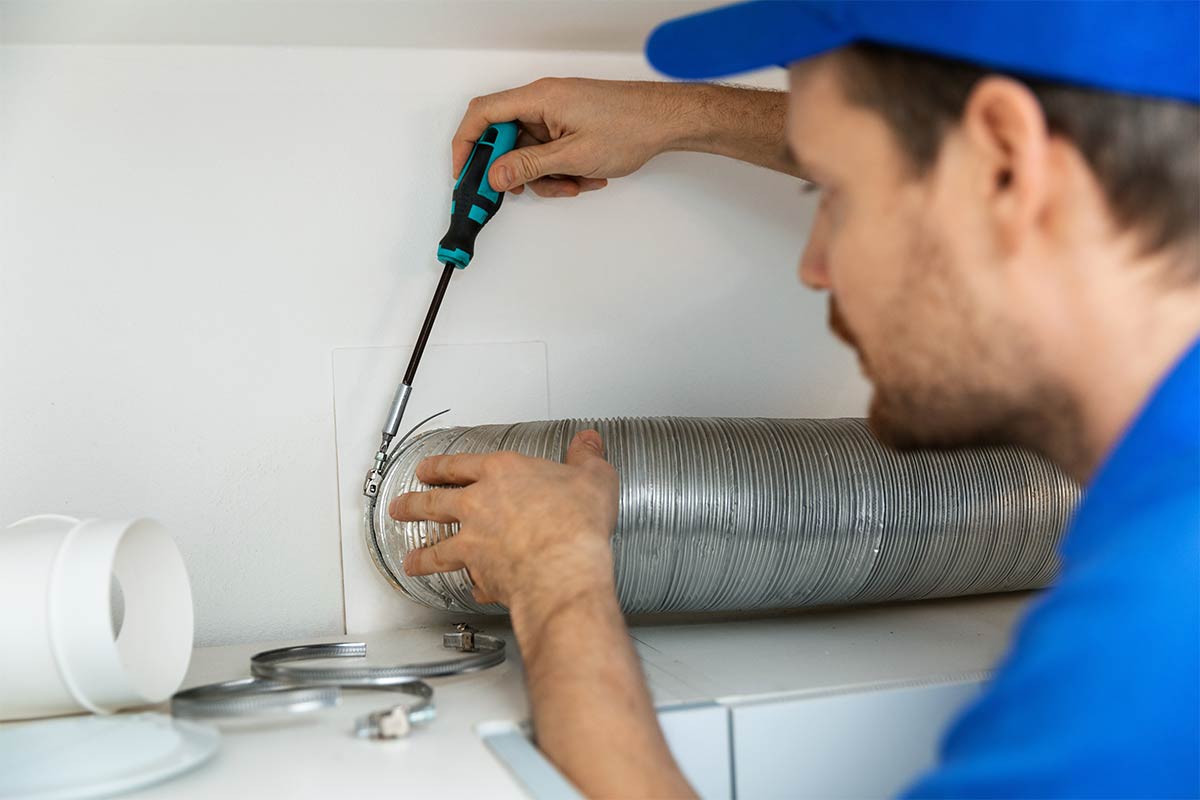
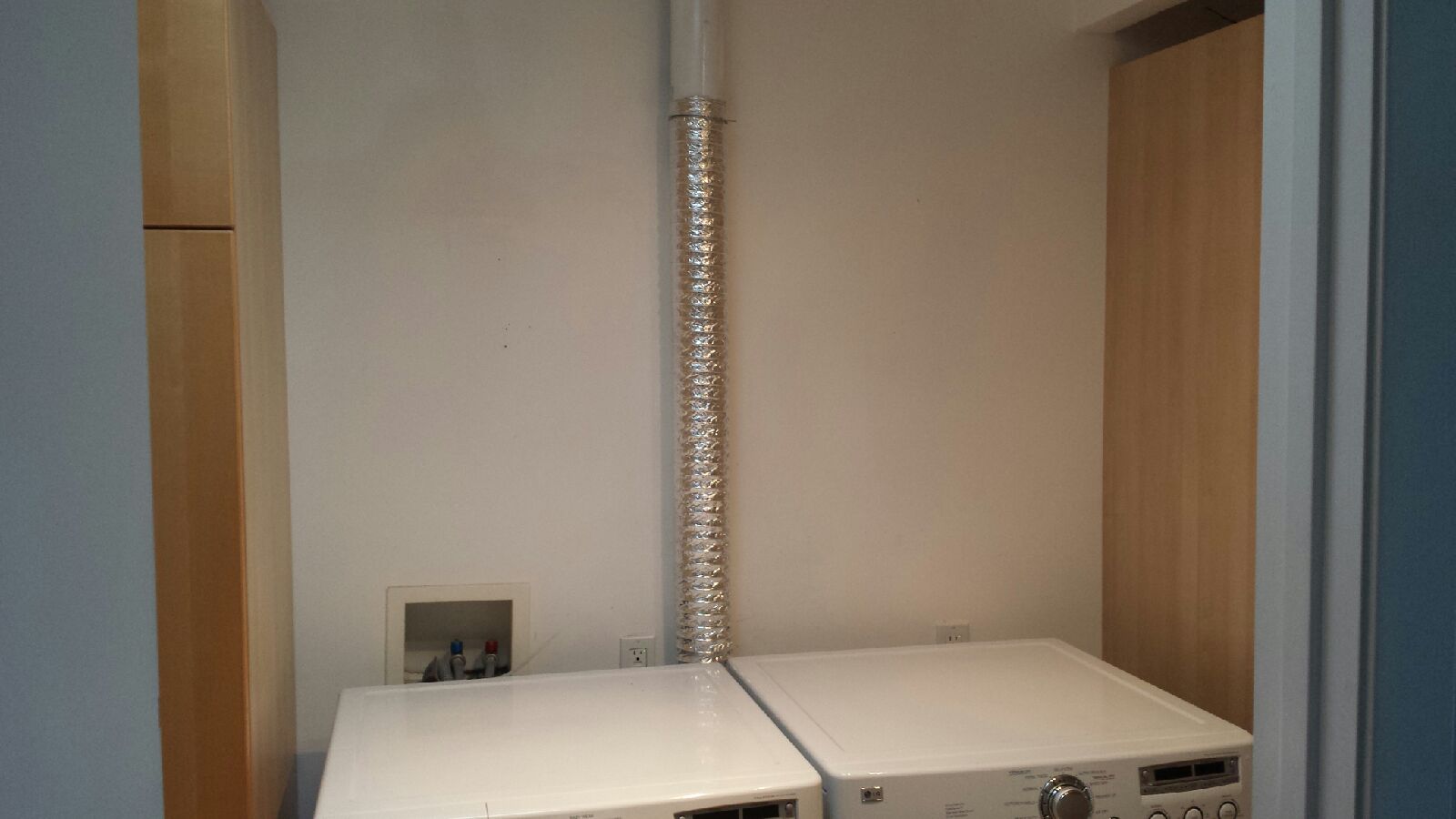
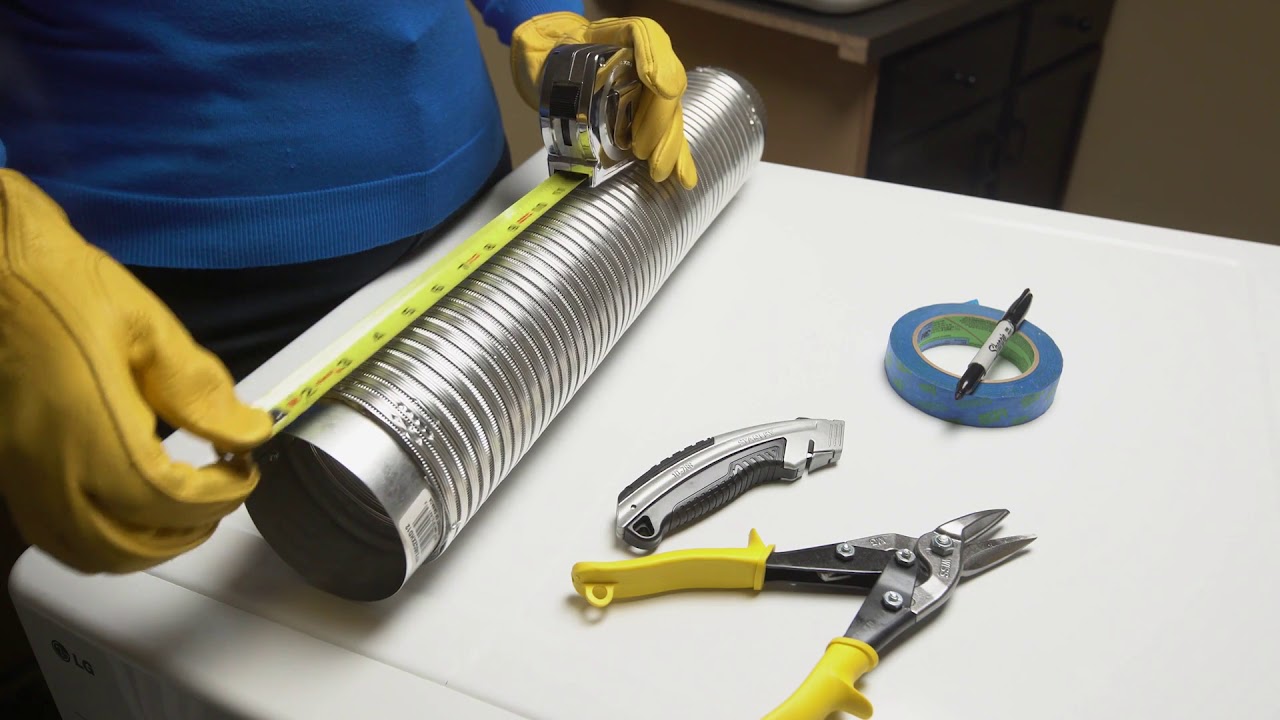
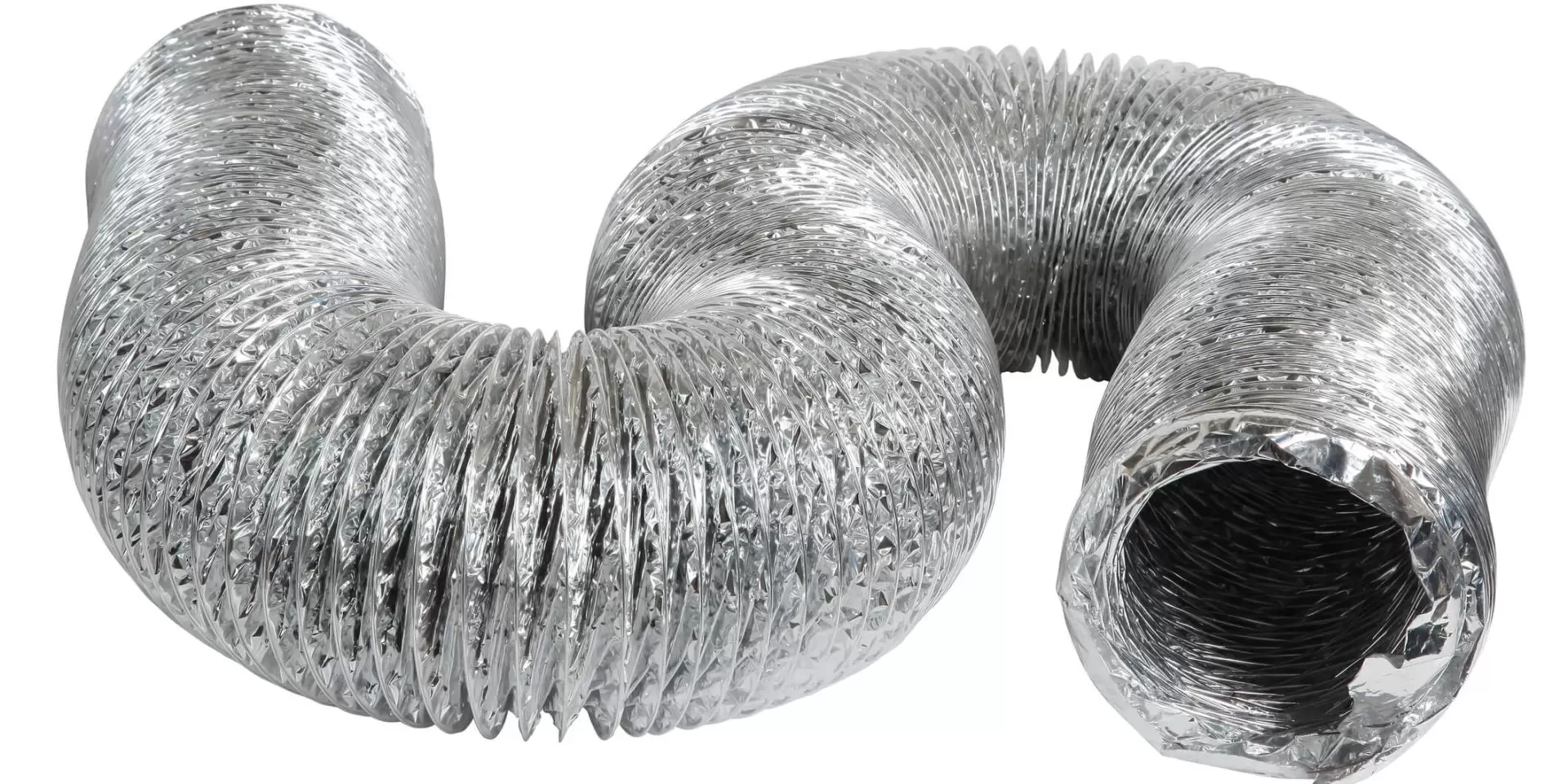
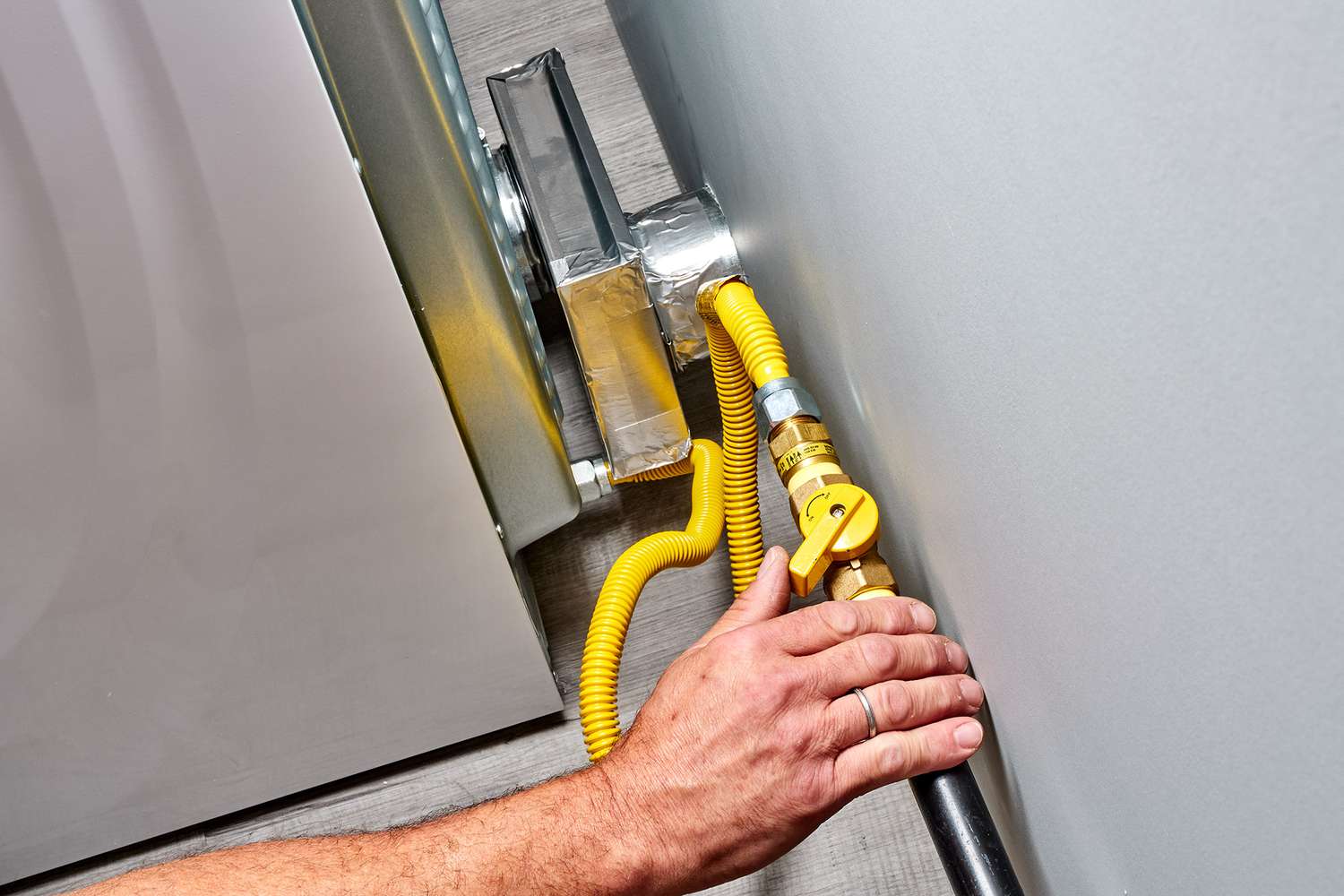
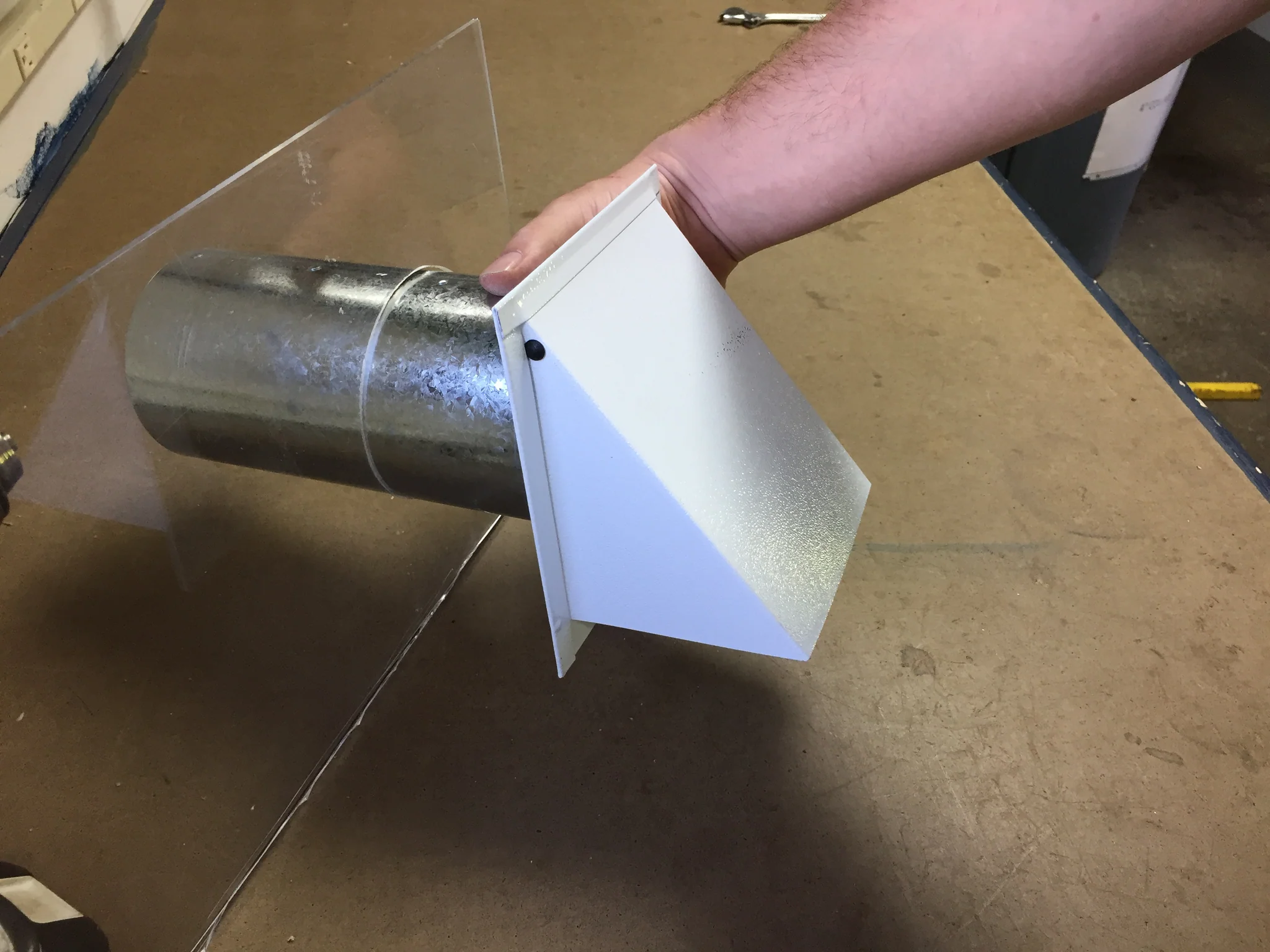
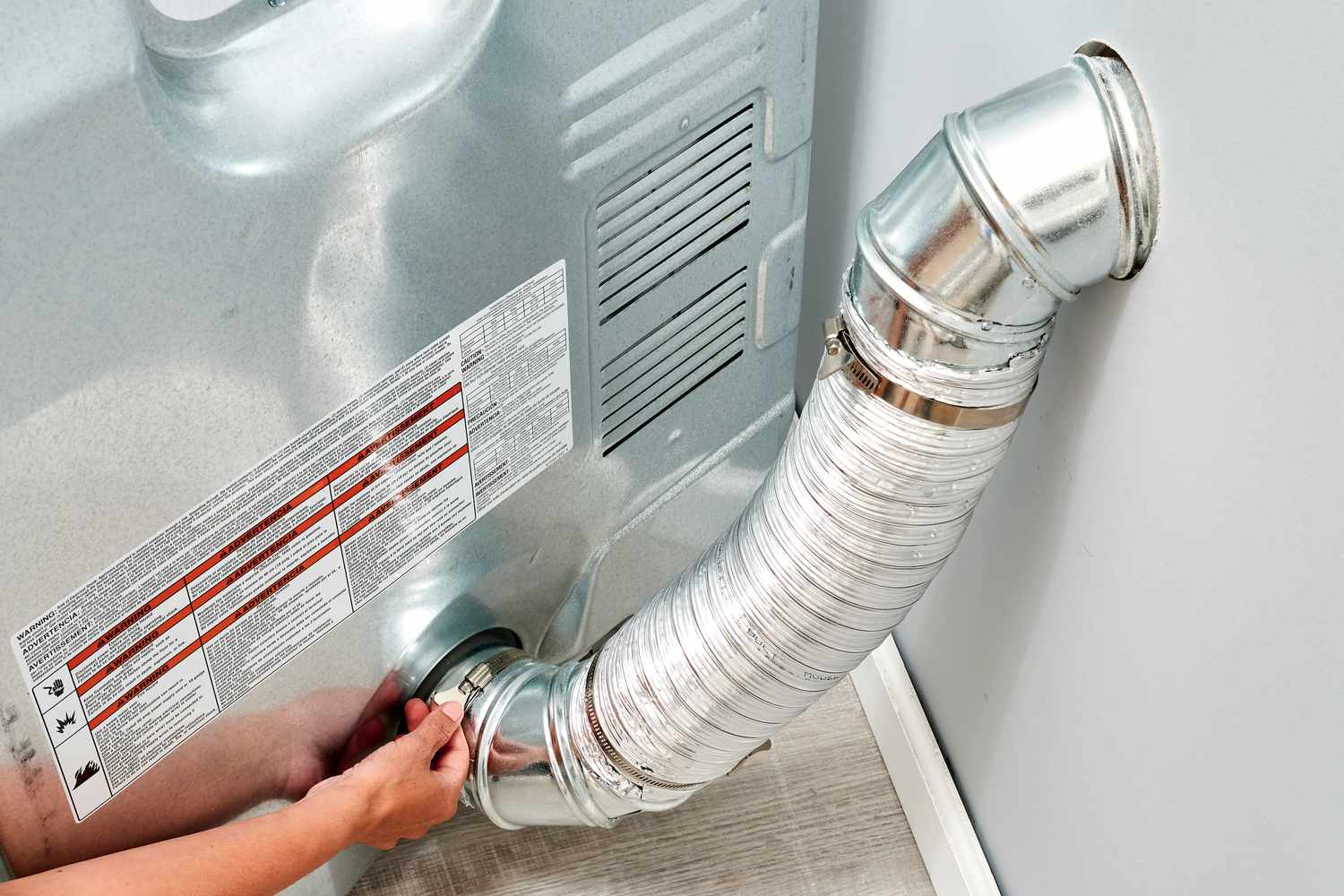
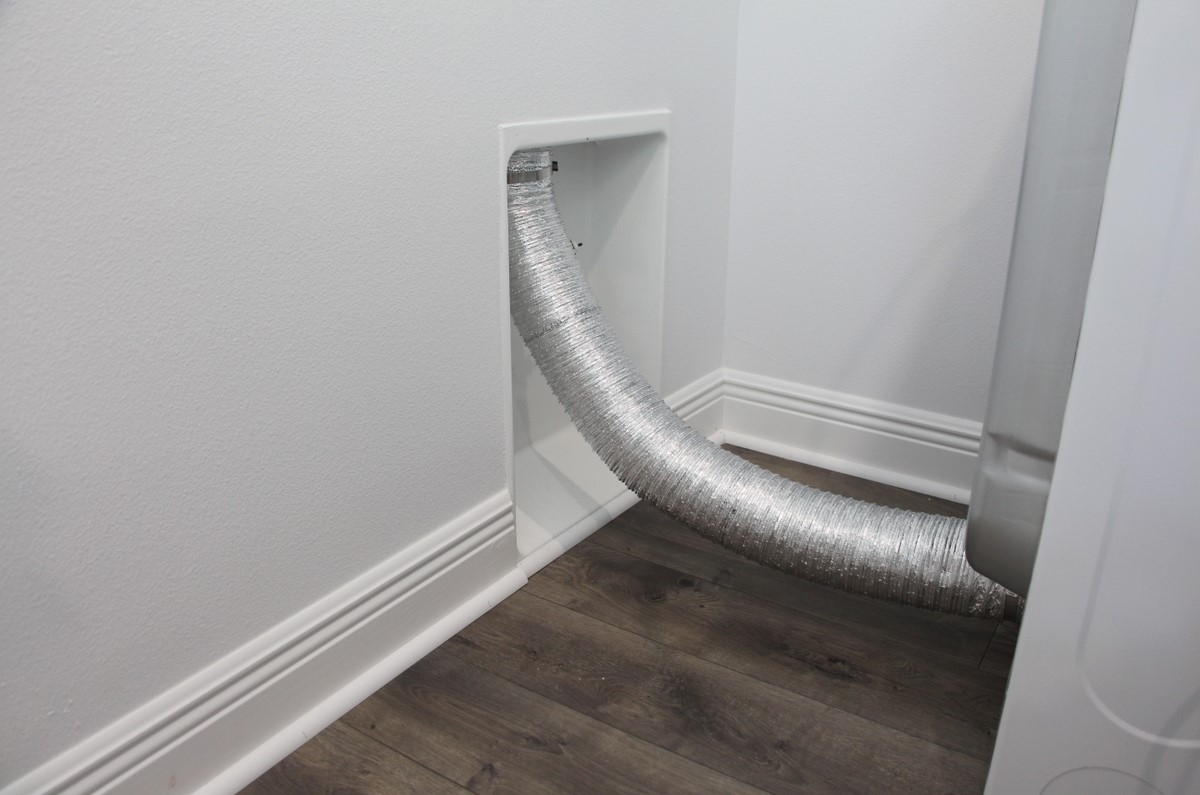
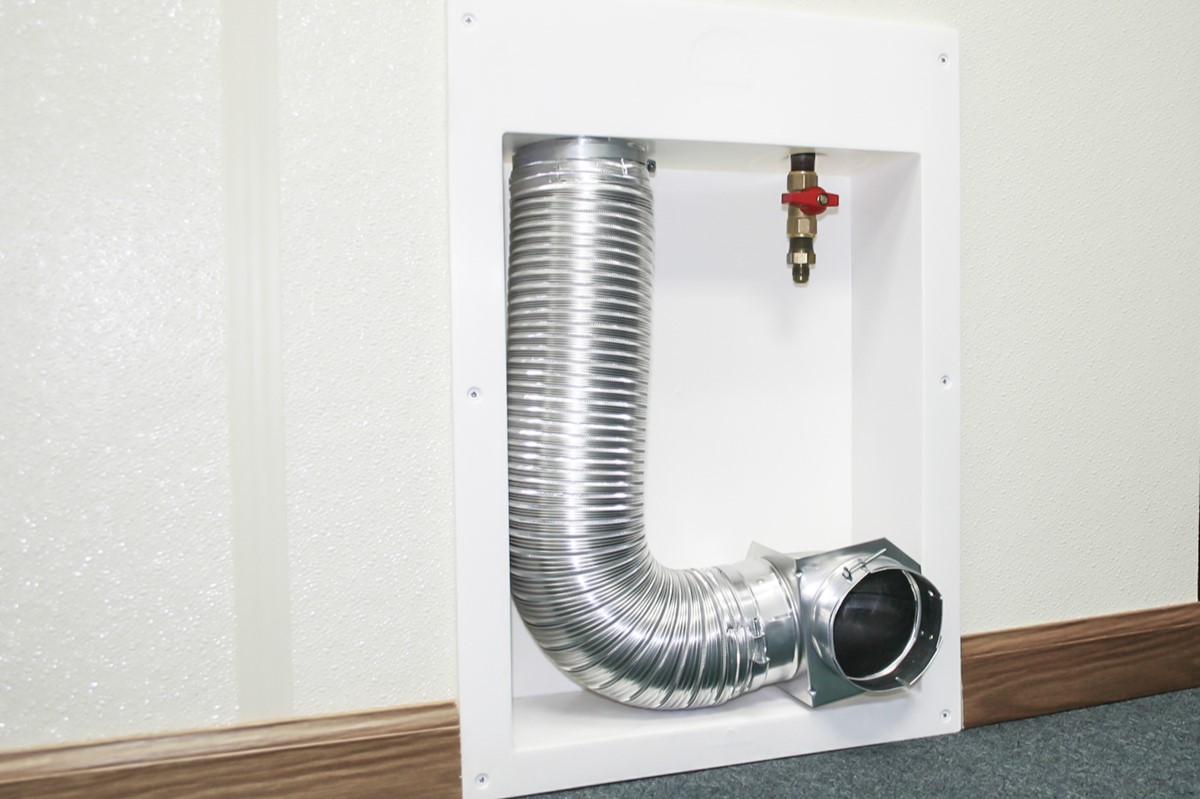
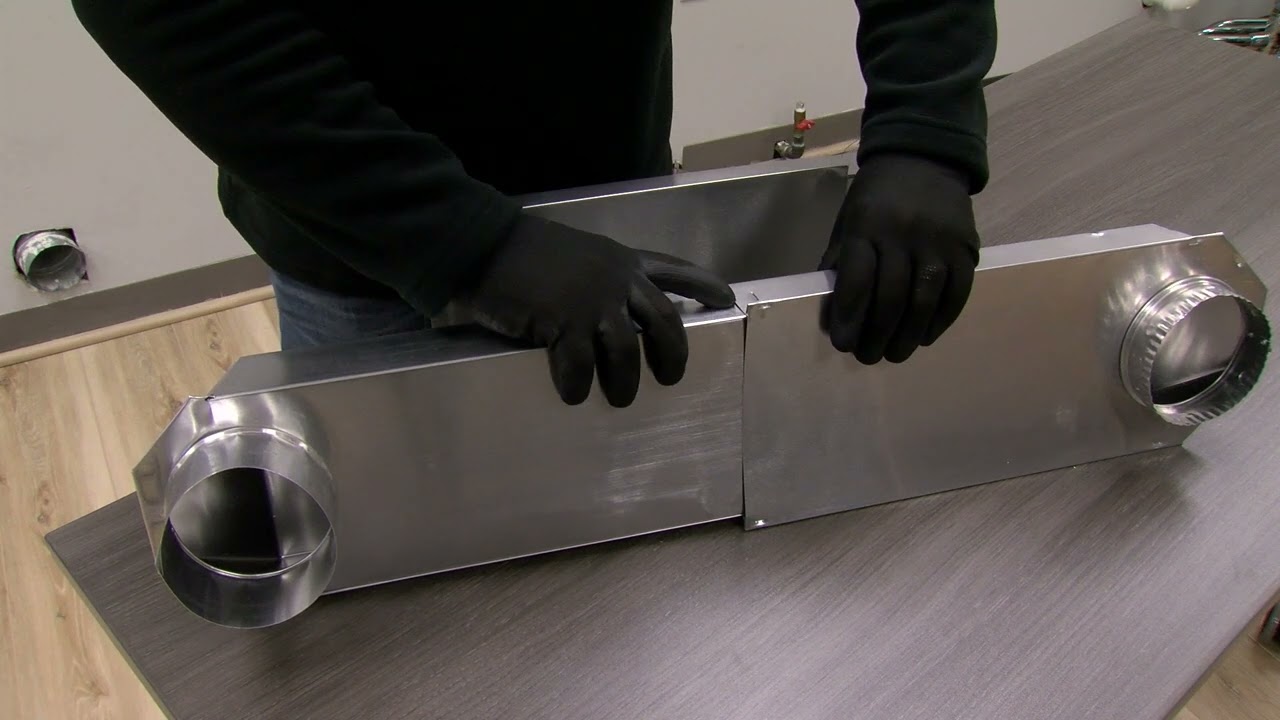
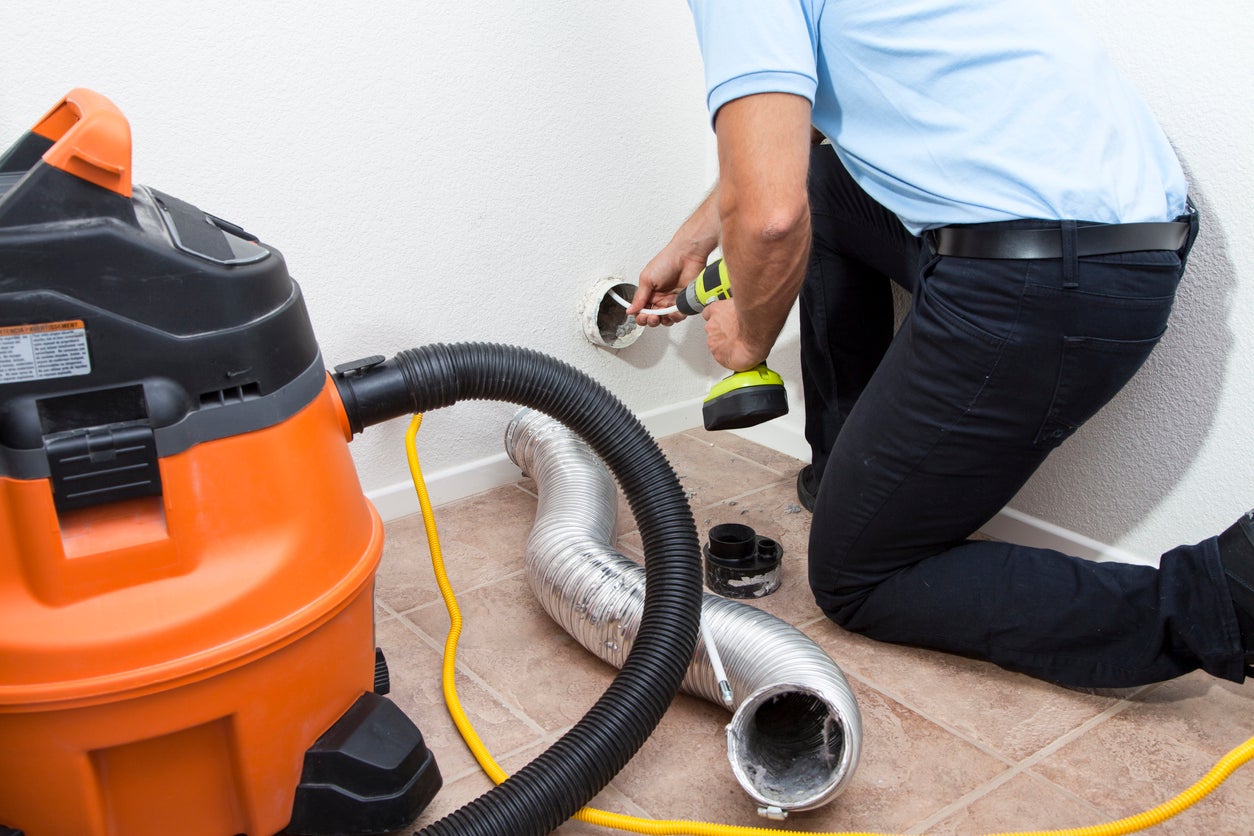
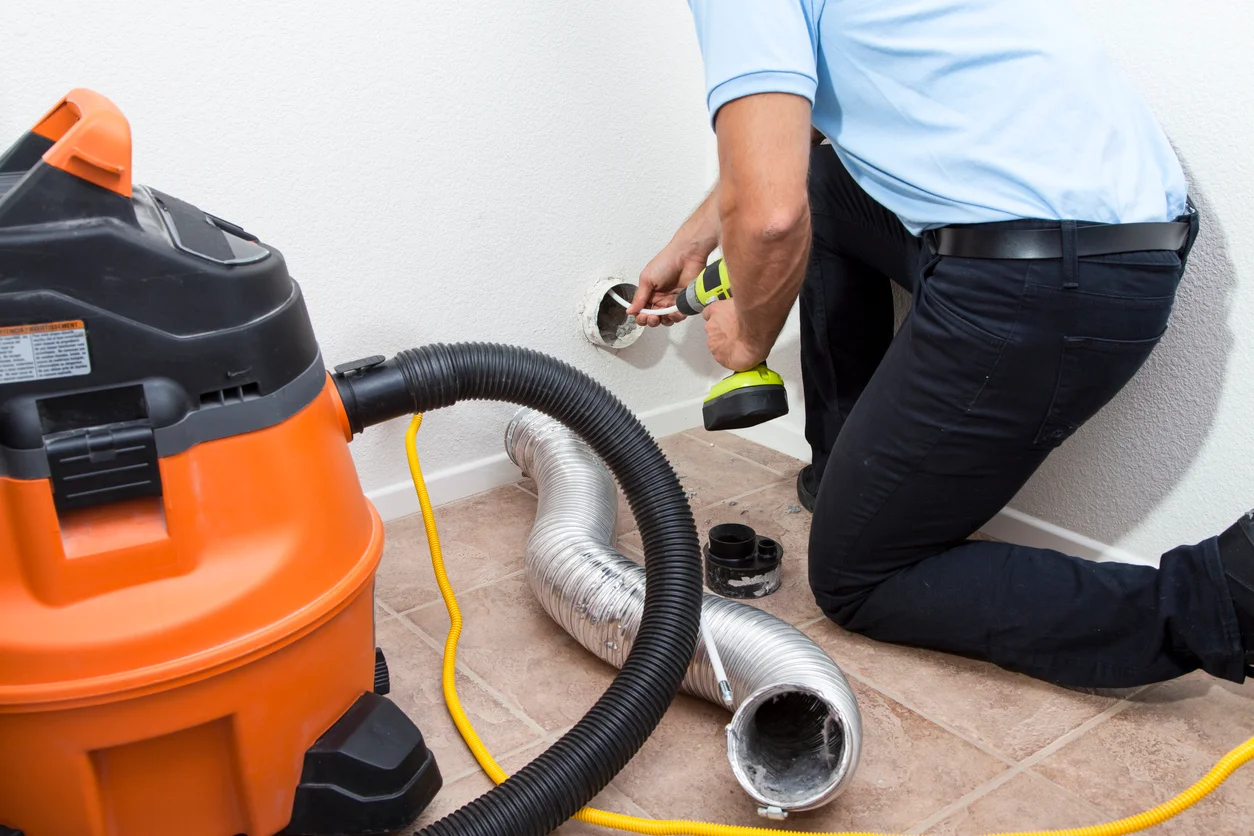
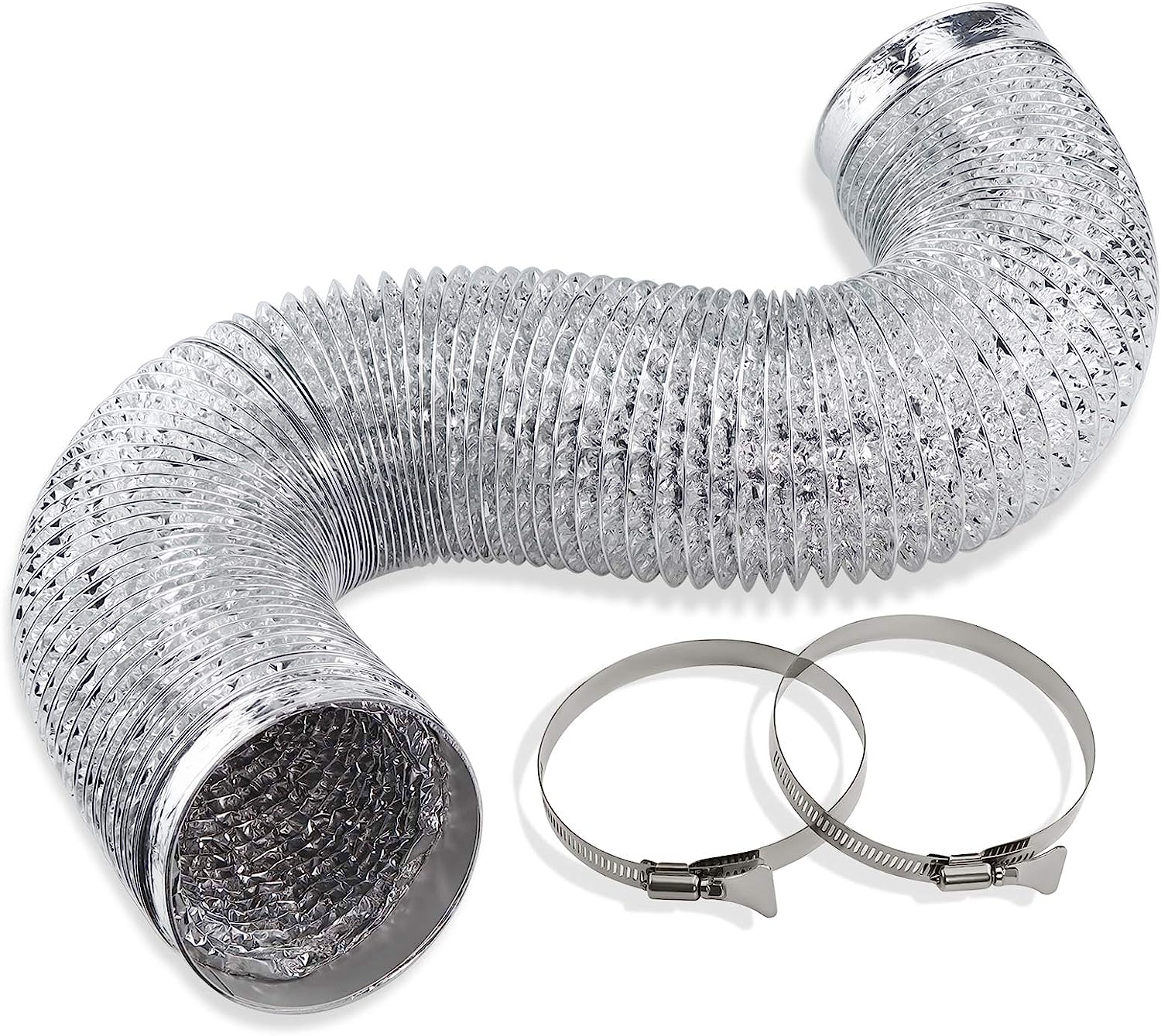
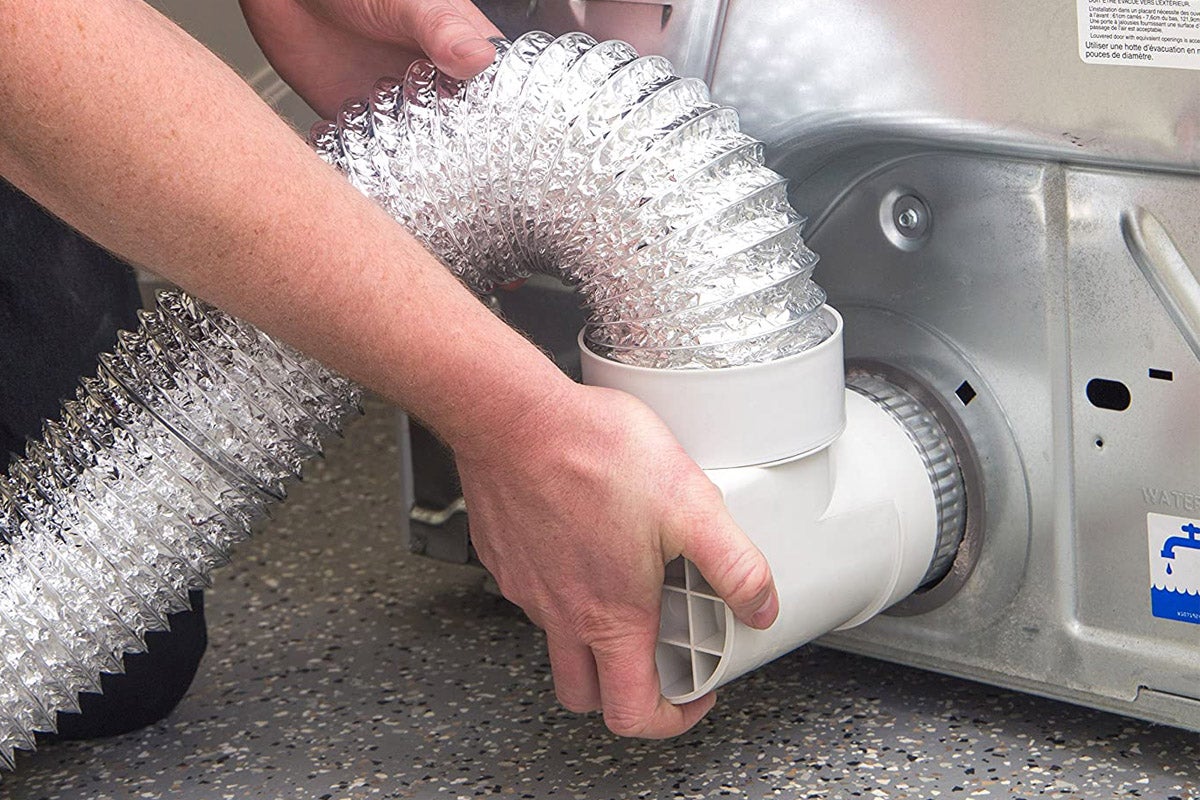

0 thoughts on “How To Install Dryer Vent Hose In Tight Space”